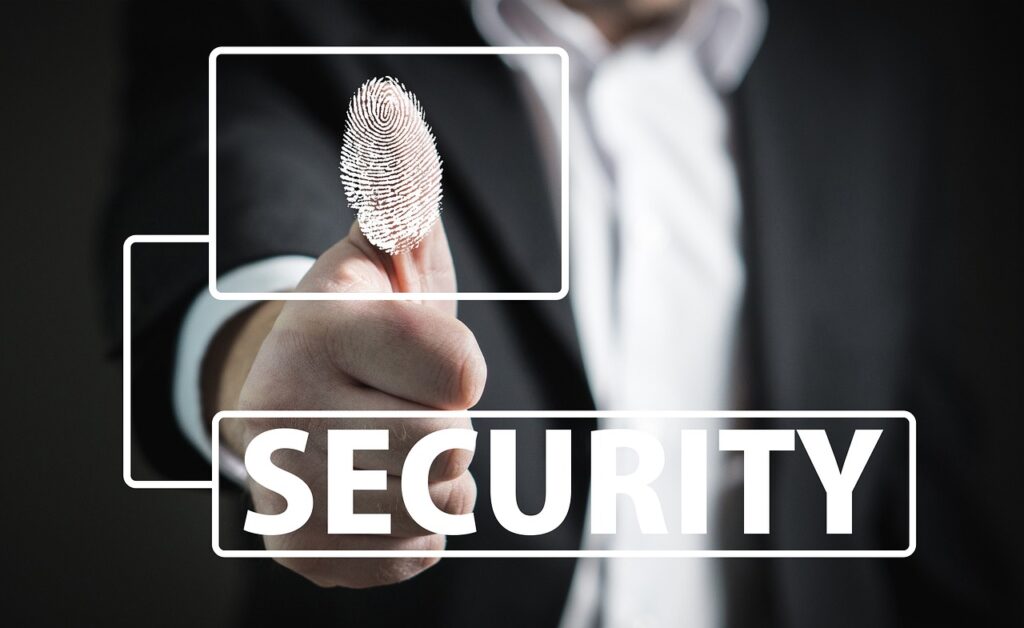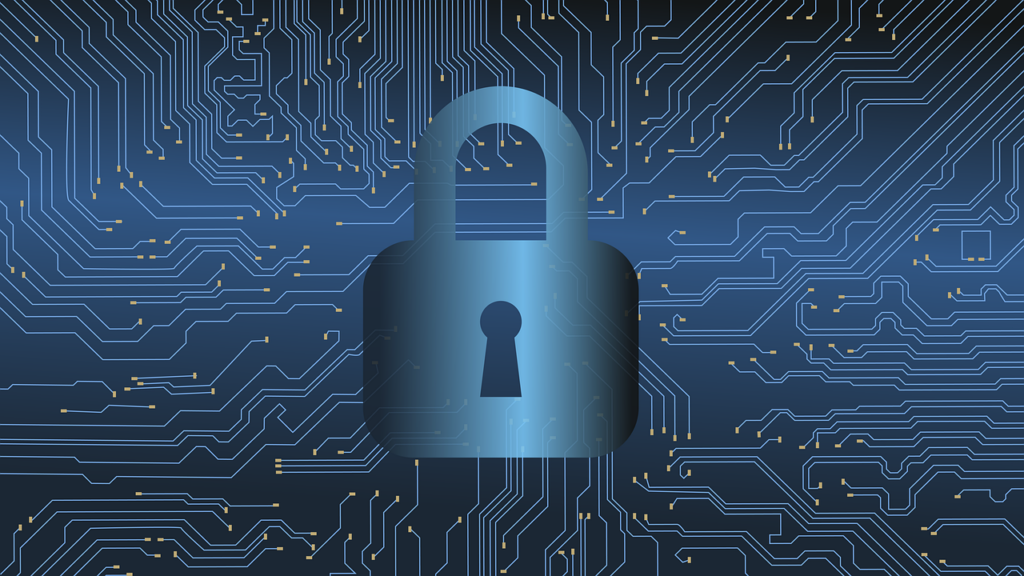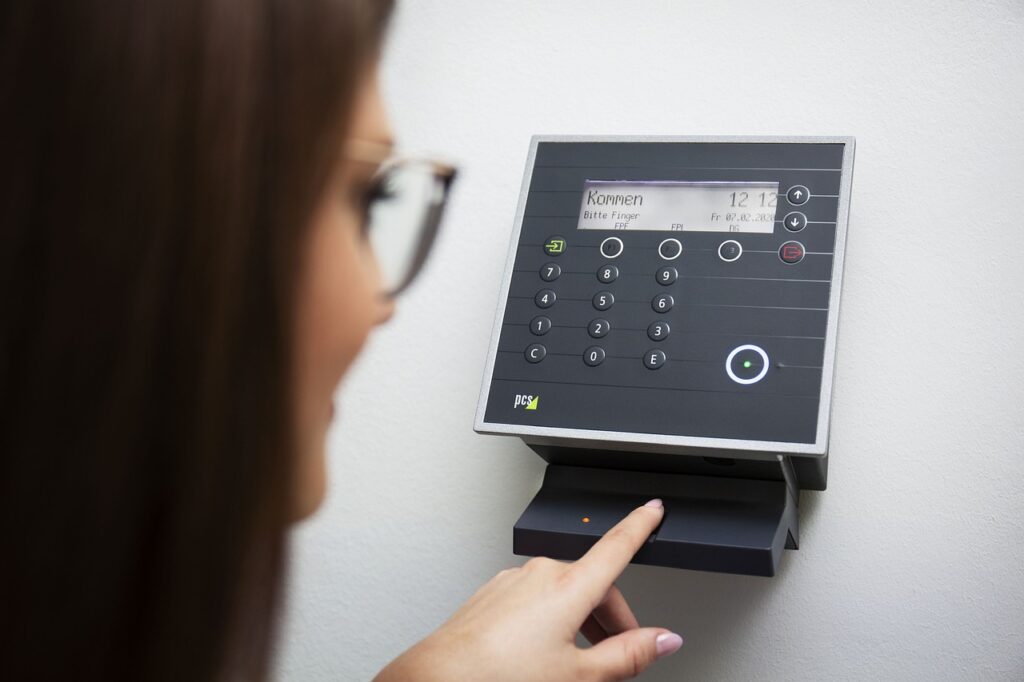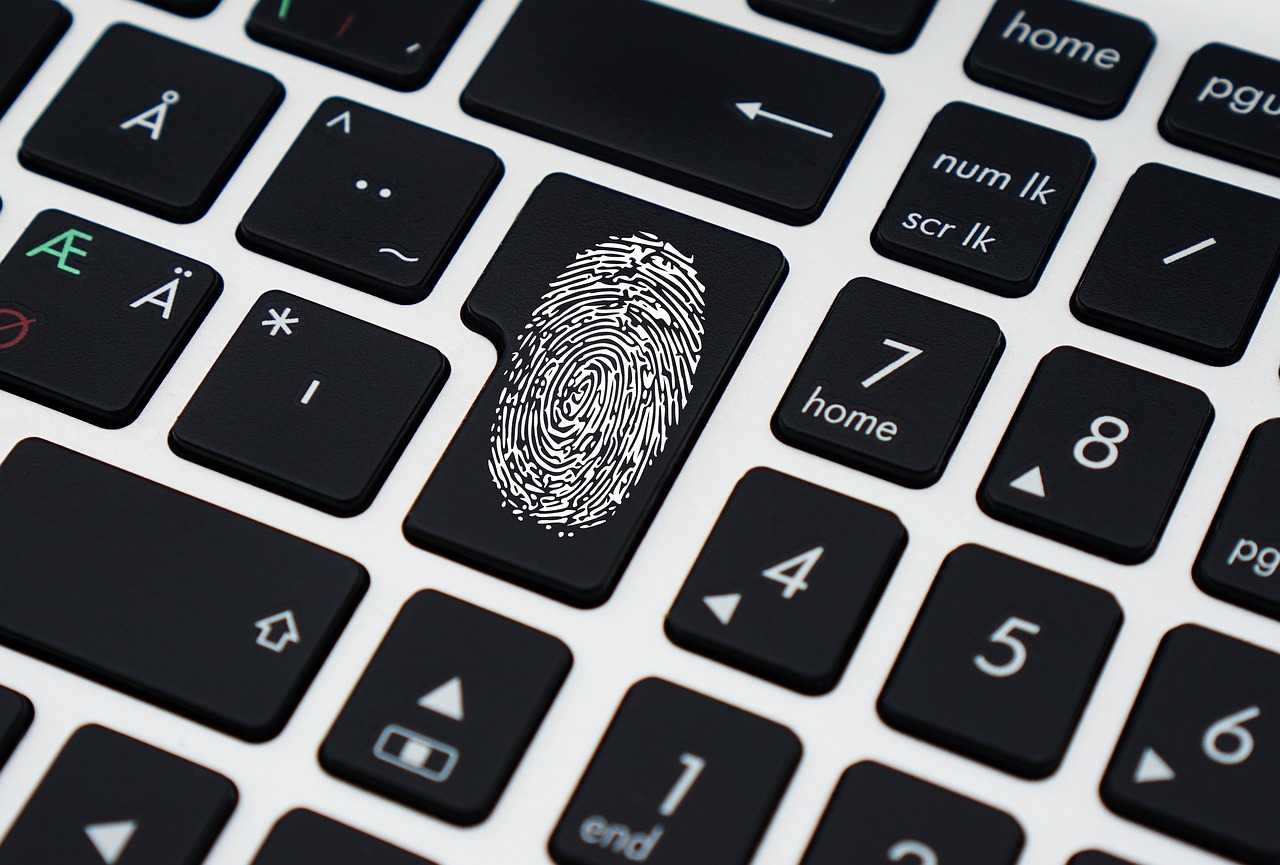In an increasingly interconnected world, the need for secure and reliable digital identity verification in legal processes has never been more crucial. From e-signatures to online notarization, the legal landscape has evolved significantly in recent years, embracing technology to streamline and modernize traditional practices. This article explores the intricate realm of digital identity verification in legal processes, diving into the methods, challenges, legal implications, and future trends that define this transformative field.
The Significance of Digital Identity Verification in the Legal Sphere
Enhancing Efficiency and Accessibility
Digital identity verification has revolutionized legal processes by enhancing efficiency and accessibility. Gone are the days when individuals had to physically appear in court or before a notary to sign documents. With the advent of digital identity verification, legal transactions can be conducted remotely, saving time and resources for all parties involved.

Mitigating Fraud and Ensuring Security
One of the most pressing concerns in the legal world is fraud prevention. Digital identity verification tools are designed to mitigate fraud by ensuring the authenticity of the parties involved in legal transactions. These tools utilize advanced encryption and biometric authentication methods to protect sensitive data, making it exceedingly difficult for malicious actors to manipulate or forge identities.
Expanding the Reach of Legal Services
Digital identity verification also plays a pivotal role in expanding the reach of legal services. It enables legal professionals to serve clients across geographical boundaries, breaking down the barriers of distance and jurisdiction. This accessibility is especially beneficial in cases involving international parties or remote clients seeking legal counsel.
Methods of Digital Identity Verification
Knowledge-Based Verification
Knowledge-based verification is a widely used method for confirming digital identities. It relies on information known only to the legitimate user, such as personal identification questions or passwords. When a user accesses a secure system or engages in a legal transaction online, they are often prompted to answer questions that only they should know the answers to, like their mother’s maiden name or the name of their first pet. While this method has been a staple in digital identity verification, it does come with inherent risks.
One significant limitation of knowledge-based verification is the vulnerability to data breaches. In an age where cyberattacks are prevalent, personal information is not always as private as it should be. Hackers can exploit security weaknesses to gain access to databases containing this sensitive information. Once obtained, they can impersonate users with stolen credentials, rendering knowledge-based verification ineffective. Additionally, social engineering tactics can be used to extract these personal details from individuals, further compromising the security of this method. To address these concerns, it is essential to implement additional layers of security and consider alternatives, such as biometric authentication, to bolster digital identity verification in the legal sphere.
Biometric Authentication
Biometric authentication represents a cutting-edge approach to digital identity verification, offering a level of security that is challenging to replicate by malicious actors. This method relies on unique biological traits possessed by each individual, such as fingerprints, facial features, or voice patterns, to confirm their identity. These traits are nearly impossible to duplicate or steal, making biometric authentication an exceptionally robust choice for legal processes.
Fingerprint scanning, one of the most well-known biometric methods, captures the distinct patterns on a person’s fingertips, which are unique to each individual. Facial recognition, on the other hand, analyzes the facial features, structure, and geometry to verify identity. Voice recognition technology evaluates the unique vocal characteristics of a person. The advantage of biometrics is not only in their accuracy but also in their convenience. Users do not need to remember passwords or answers to security questions, as their identity is confirmed through their inherent biological traits.
While biometric authentication is highly secure, it is not entirely without challenges. Privacy concerns regarding the collection and storage of biometric data exist. To address these concerns, robust security measures must be implemented to protect biometric data from breaches. Moreover, legal frameworks and regulations must be in place to govern the use of biometric data, ensuring that it is not misused or compromised in any way.
Two-Factor Authentication (2FA)
Two-factor authentication (2FA) is a method that combines two different verification techniques to enhance security. Typically, it involves something the user knows, such as a password or PIN, and something the user has, like a mobile device that receives a one-time code. This dual-layered approach adds an extra level of protection against unauthorized access in legal processes and other digital interactions.
The first factor, something the user knows, typically consists of a password, passphrase, or personal identification number (PIN). This factor serves as the initial barrier to entry. However, relying solely on something the user knows can be risky, as passwords can be compromised through various means, including phishing attacks or data breaches.
The second factor, something the user has, introduces an additional layer of security. This often takes the form of a temporary code generated by a mobile app or sent via SMS. Even if a malicious actor obtains the user’s password, they would still need access to the physical device or mobile number associated with the second factor to gain entry. 2FA significantly reduces the likelihood of unauthorized access and is widely used in legal processes, online banking, and various other secure digital activities.
While 2FA is an effective security measure, it’s not entirely foolproof. Social engineering tactics or the theft of the second factor device can still lead to unauthorized access. Therefore, users should exercise caution and follow best practices to maximize the effectiveness of 2FA in safeguarding their digital identities during legal transactions and beyond.
Blockchain-Based Verification
Blockchain technology, renowned for its use in cryptocurrencies like Bitcoin, has also entered the realm of digital identity verification, offering a novel approach to enhancing security and trust. At its core, blockchain is a decentralized and immutable ledger that records transactions across a network of computers. This technology’s unique properties make it well-suited for securely storing and verifying identity data in legal processes.
In blockchain-based verification, personal identity information is encrypted and stored on the blockchain. Each user has a digital identity that can be accessed only with their private cryptographic key, ensuring that only authorized parties can verify their identity. This approach significantly reduces the risk of data breaches or tampering, as the blockchain ledger is immutable, meaning that once data is recorded, it cannot be altered without consensus from the network.
Blockchain-based verification also enhances transparency and trust. Anyone with permission can verify the authenticity of a digital identity by referencing the blockchain’s decentralized ledger. This is particularly beneficial in legal processes where parties need to confirm each other’s identities and trust is paramount.
Despite its promise, blockchain-based verification is not without challenges. Integrating this technology into existing legal frameworks and ensuring compliance with regulations can be complex. Moreover, the security of private keys is critical, as the loss or theft of a private key can lead to the permanent loss of access to one’s digital identity. As blockchain continues to mature, it holds the potential to reshape digital identity verification in the legal sphere, offering a more secure and tamper-proof solution.

Challenges in Digital Identity Verification
Privacy Concerns
Privacy is a paramount concern in digital identity verification. As more personal information is digitized and shared, there is a growing need to strike a balance between security and privacy. Legal frameworks like GDPR and CCPA have emerged to regulate the collection and usage of personal data, adding complexity to identity verification processes.
Identity Theft and Fraud
Despite advances in digital identity verification, identity theft and fraud remain persistent threats. Cybercriminals are continually evolving their tactics, necessitating ongoing innovation in security measures.
Legal Compliance
Ensuring that digital identity verification processes comply with local and international legal standards is a significant challenge. Navigating the complex landscape of regulatory requirements, including those related to electronic signatures and notarization, can be a daunting task for legal professionals.
User Experience
Balancing security with user experience is an ongoing challenge. While stringent identity verification measures enhance security, they can also create friction for users. Striking the right balance between security and a seamless user experience is critical.
Legal Implications of Digital Identity Verification
Enforceability of Electronic Signatures
The legality of electronic signatures varies from one jurisdiction to another. In many countries, electronic signatures are legally binding, provided certain criteria are met. Understanding these criteria is essential for legal professionals to ensure the enforceability of agreements.
Notarization in the Digital Age
Traditional notarization involves a notary public physically witnessing the signing of a document. However, many jurisdictions now recognize remote notarization, where notaries can verify identities and witness signatures through video conferencing. Understanding the legality of remote notarization is crucial for legal practitioners.
Ensuring data protection and GDPR compliance is paramount when dealing with digital identity verification processes involving individuals in the European Union (EU). The General Data Protection Regulation (GDPR) represents a comprehensive framework designed to safeguard the privacy and personal data of EU citizens. Legal professionals engaging in identity verification must meticulously adhere to GDPR principles to avoid legal complications and protect individuals’ fundamental rights.
One of the fundamental principles of GDPR is the requirement for lawful and transparent processing of personal data. When collecting and processing personal information during digital identity verification, legal practitioners must ensure they have a lawful basis for doing so, whether it be for the performance of a contract, compliance with legal obligations, protection of vital interests, consent, or legitimate interests. Transparency in data processing is equally crucial, and individuals should be informed about how their data will be used, for what purposes, and who will have access to it. This transparency is not only a legal obligation but also a means of building trust with clients and stakeholders.
Additionally, GDPR mandates that personal data must be stored securely and only for as long as necessary for the purposes for which it was collected. Legal professionals must implement robust data security measures, including encryption and access controls, to protect personal information from unauthorized access, breaches, or misuse. Regular audits and assessments of data processing practices are essential to ensure ongoing compliance with GDPR requirements. Failure to adhere to GDPR principles can result in severe penalties, including fines of up to €20 million or 4% of the company’s global annual turnover, whichever is higher. Therefore, staying abreast of GDPR regulations and integrating compliance measures into digital identity verification processes is imperative for legal professionals operating in the EU.
Future Trends in Digital Identity Verification
Decentralized Identity
Decentralized identity solutions, built on blockchain technology, are gaining traction. These systems allow individuals to maintain control over their identity data, reducing the reliance on centralized authorities and minimizing the risk of data breaches.
Artificial Intelligence and Machine Learning
Artificial Intelligence (AI) and machine learning (ML) are becoming integral to digital identity verification. These technologies can analyze vast amounts of data to detect patterns and anomalies, making fraud prevention more robust and efficient.
Cross-Border Recognition
As globalization continues to shape the legal landscape, there is a growing need for cross-border recognition of digital identities. International standards and agreements may emerge to facilitate seamless legal processes across borders.
Quantum-Safe Encryption
With the advent of quantum computing, the security landscape is evolving. Quantum-safe encryption methods are being developed to safeguard digital identities against future threats posed by quantum computers.
Conclusion
Digital identity verification is an indispensable component of modern legal processes. It streamlines transactions, enhances security, and expands the reach of legal services. However, it also presents challenges related to privacy, fraud, legal compliance, and user experience.
To navigate this evolving landscape successfully, legal professionals must stay abreast of the latest methods and technologies, understand the legal implications in their jurisdiction, and embrace future trends that promise to make digital identity verification even more secure and efficient.

As we move forward, the synergy between technology and the legal field will continue to redefine how legal processes are conducted, making them more accessible, secure, and efficient for individuals and organizations alike. Embracing these changes and understanding their implications is essential for anyone involved in the legal profession.
